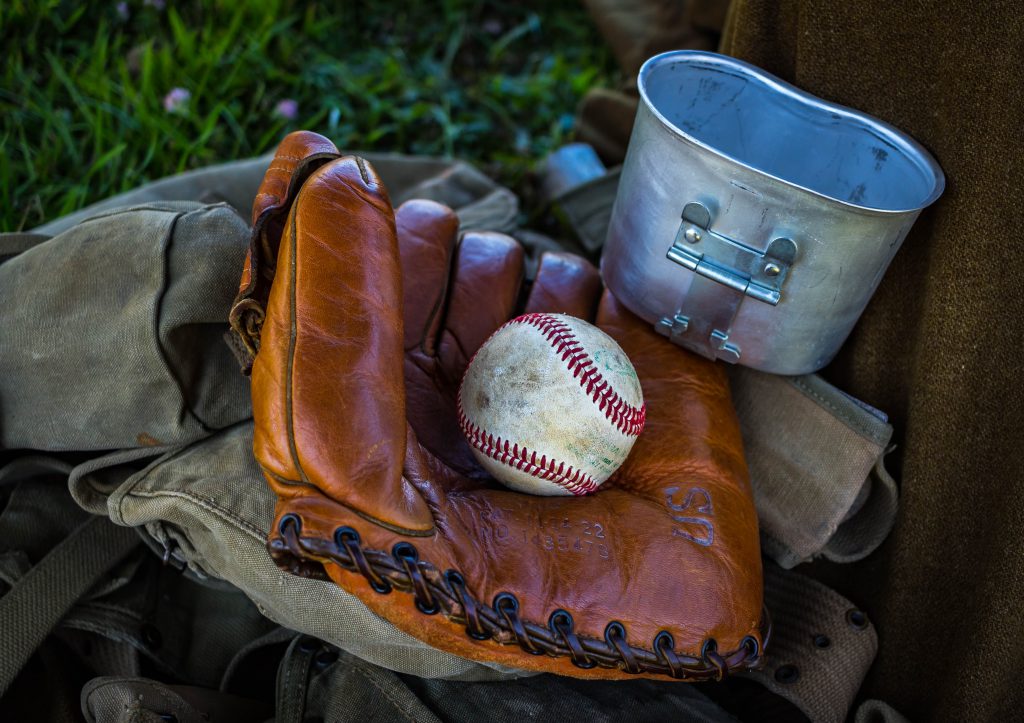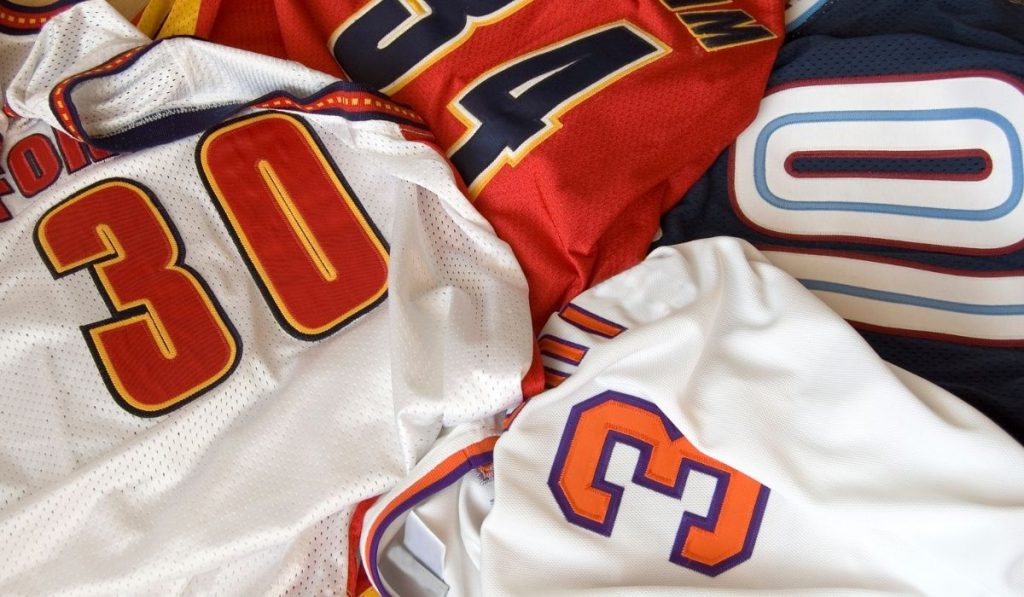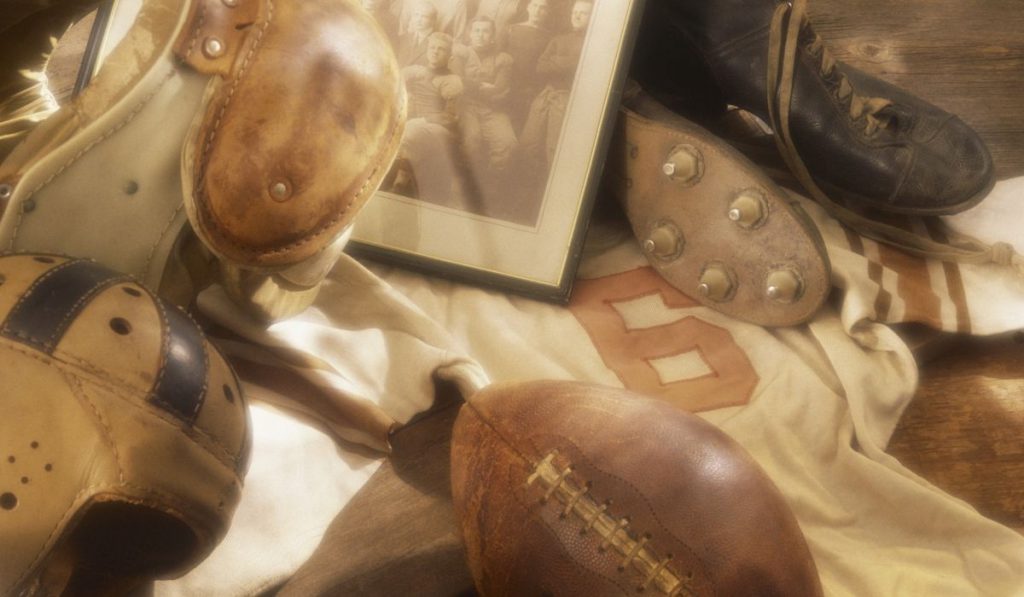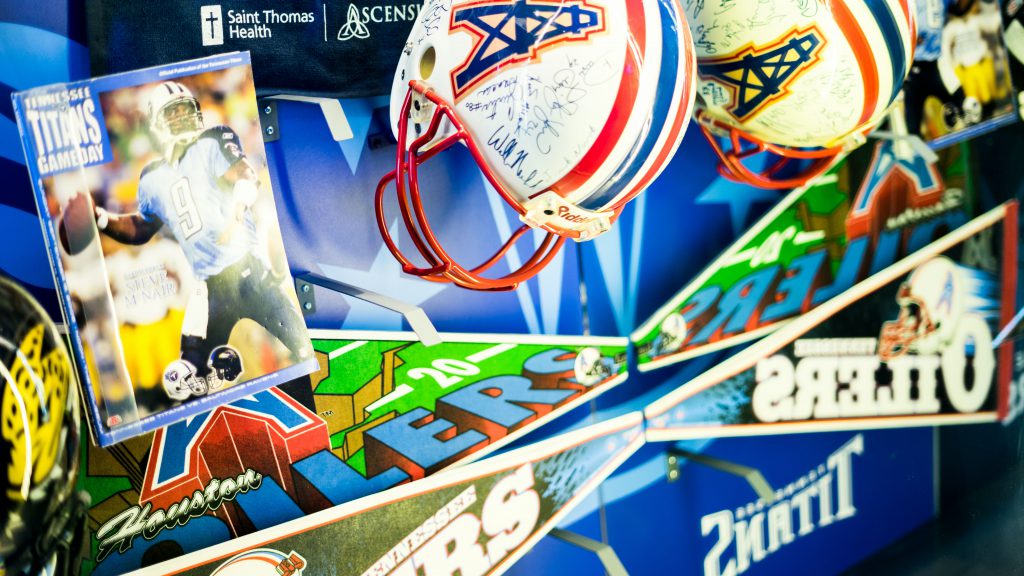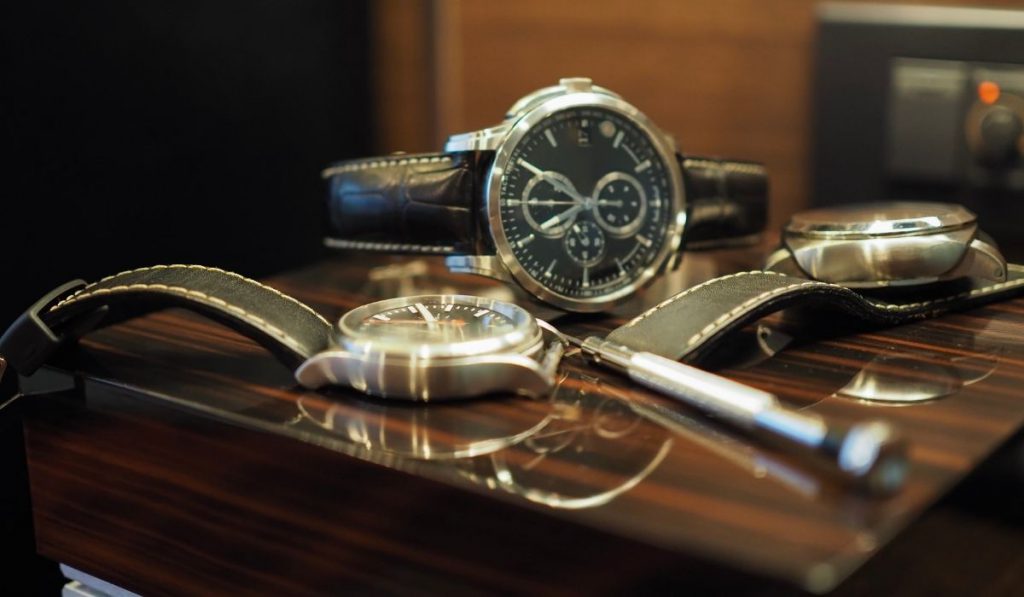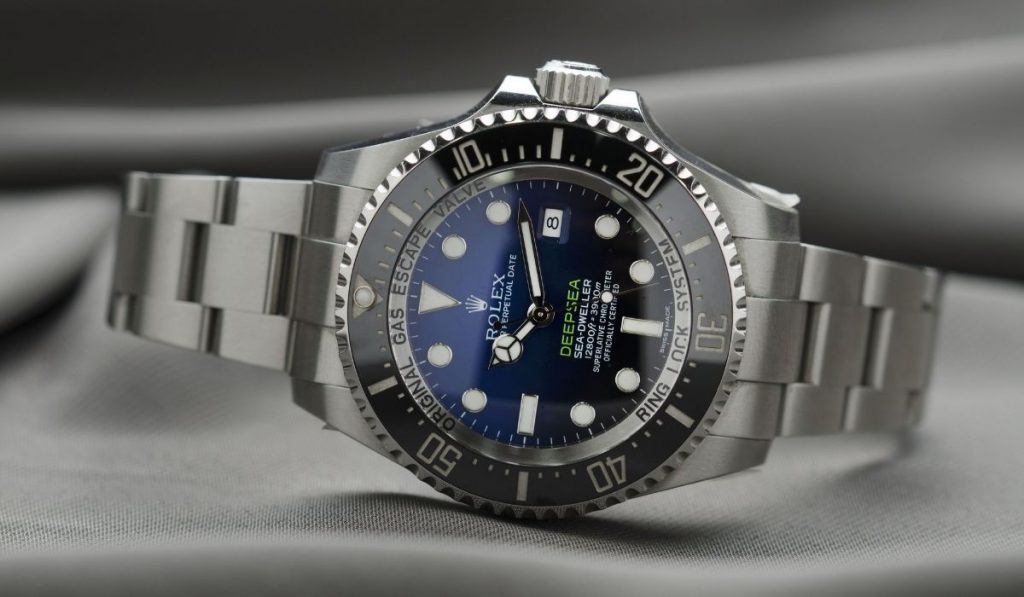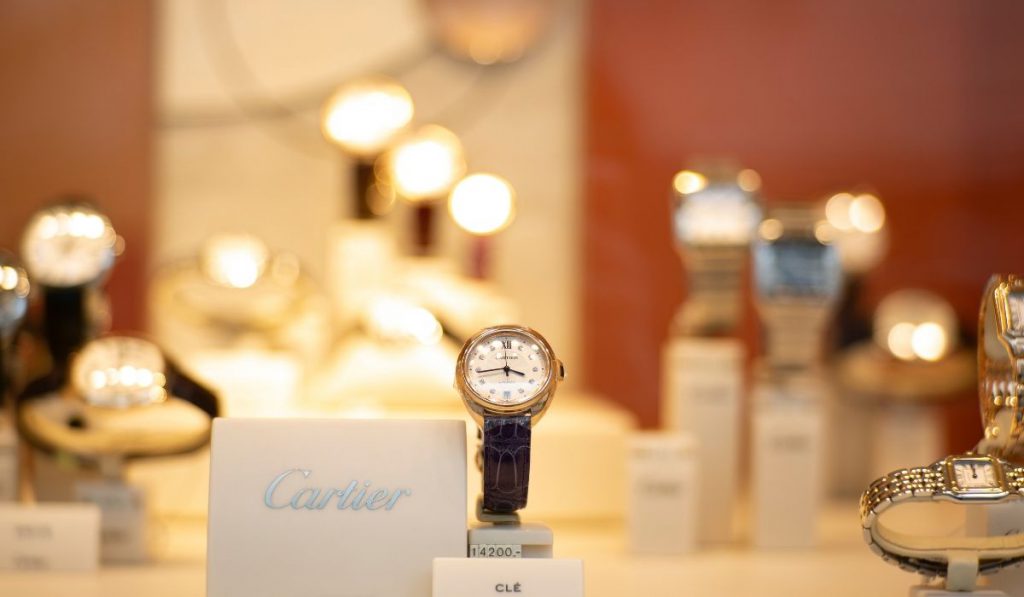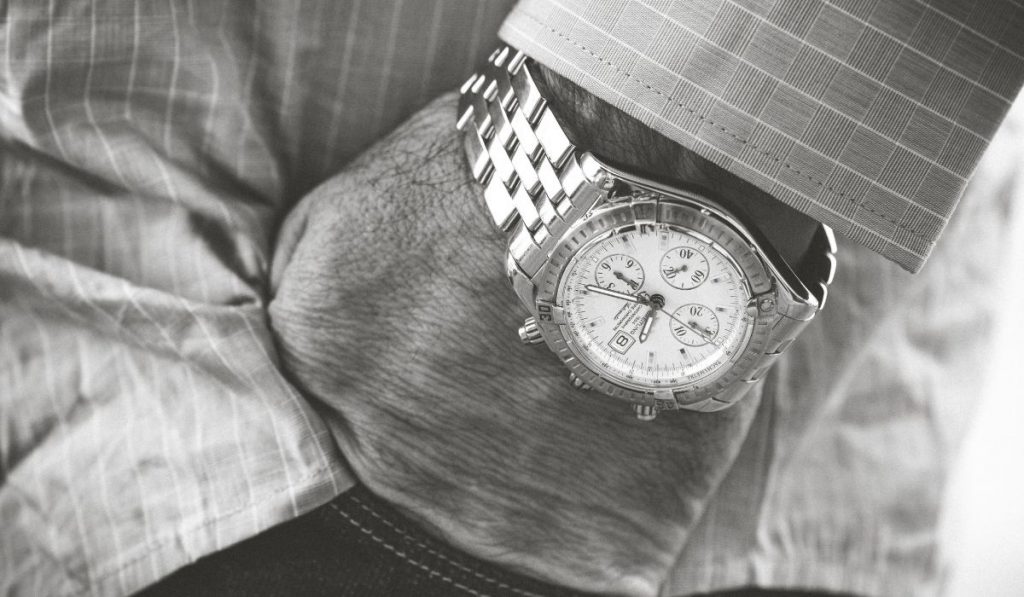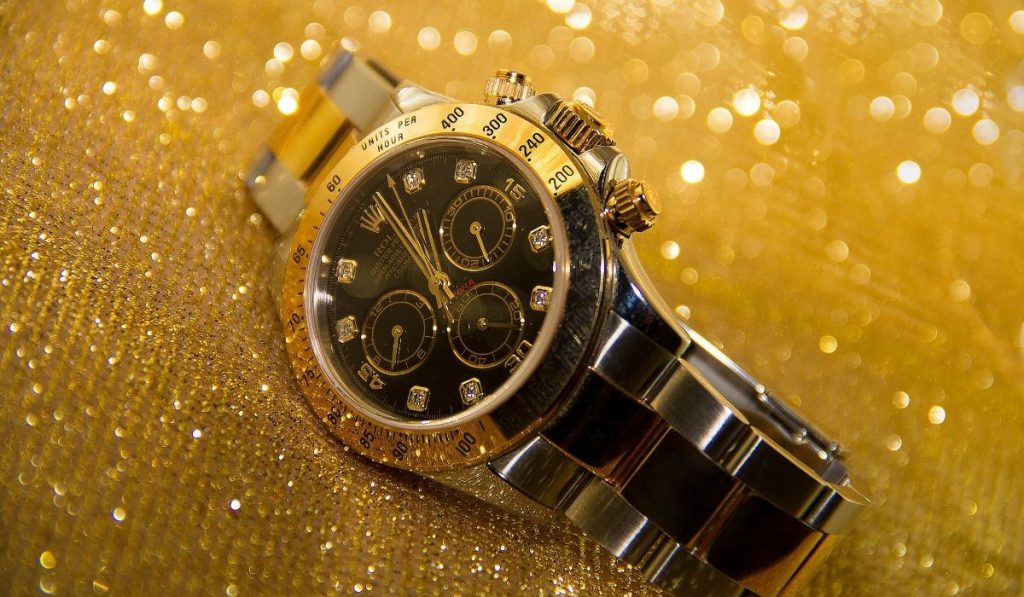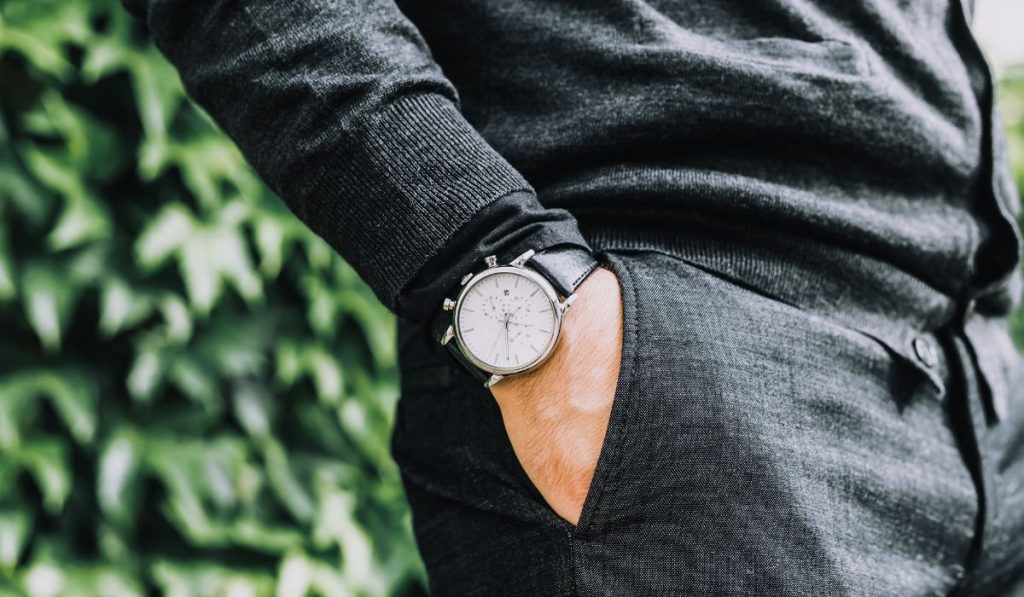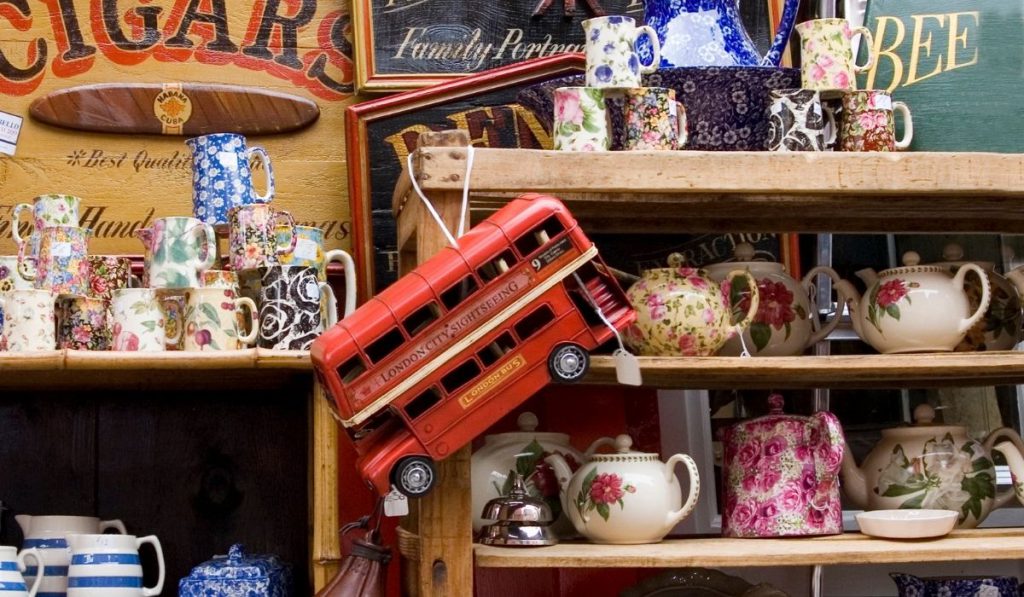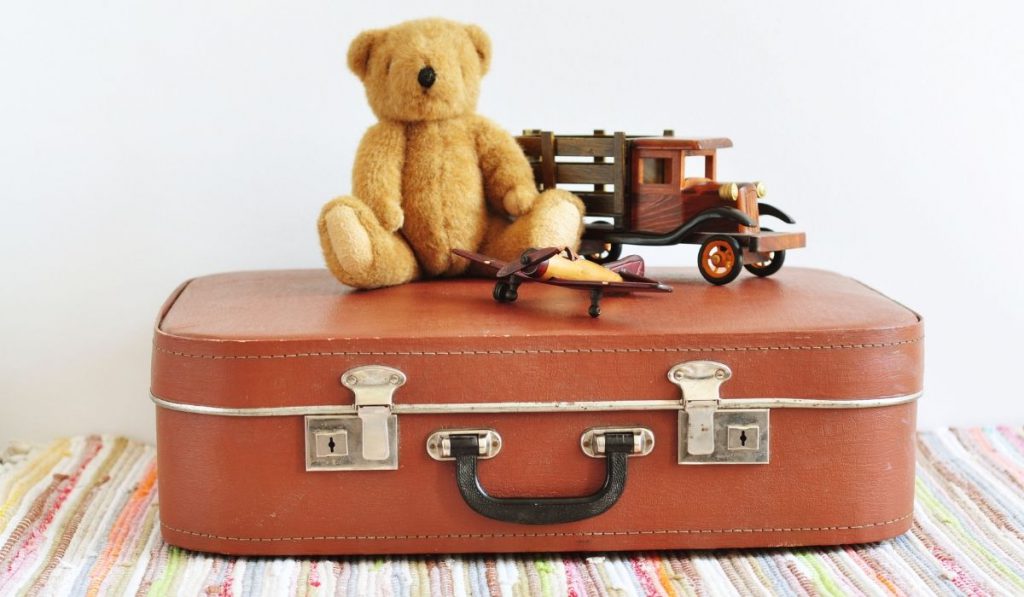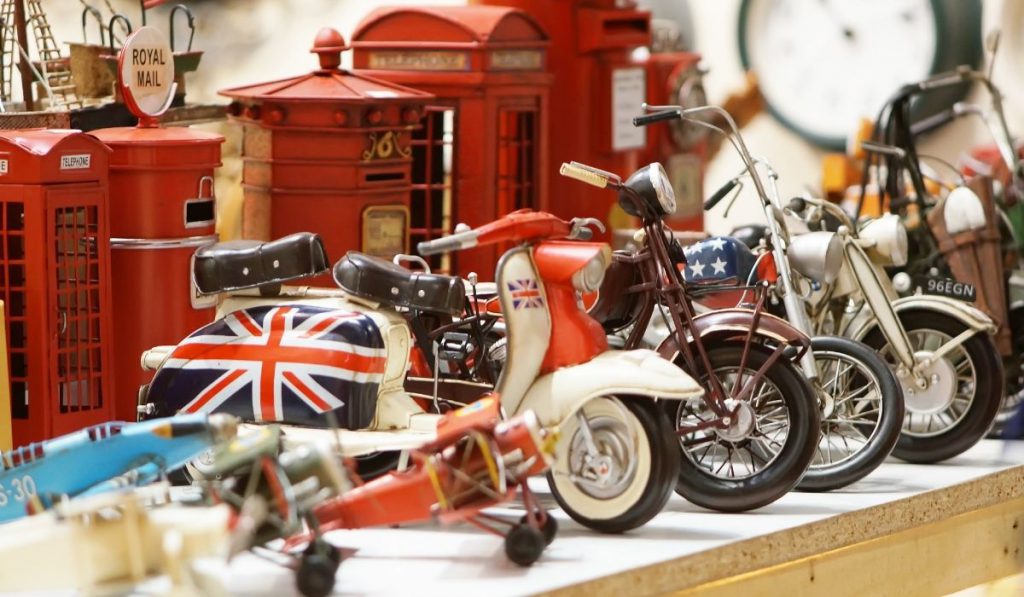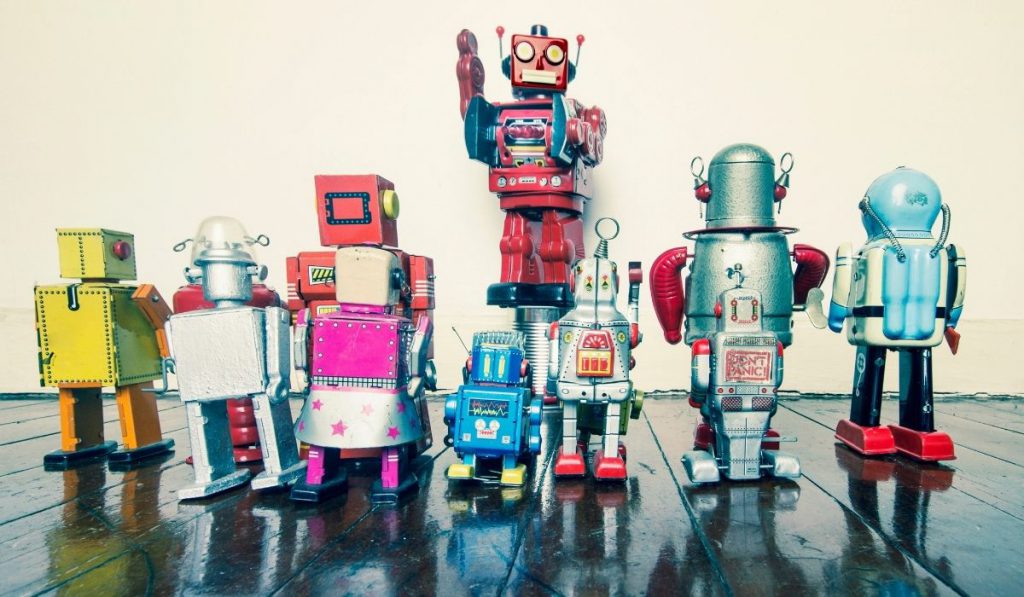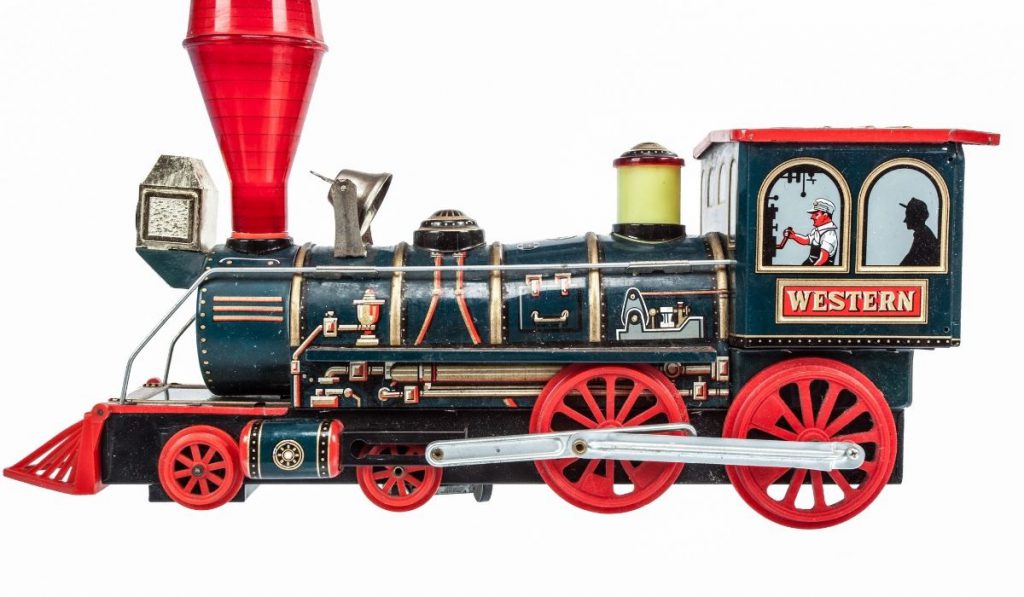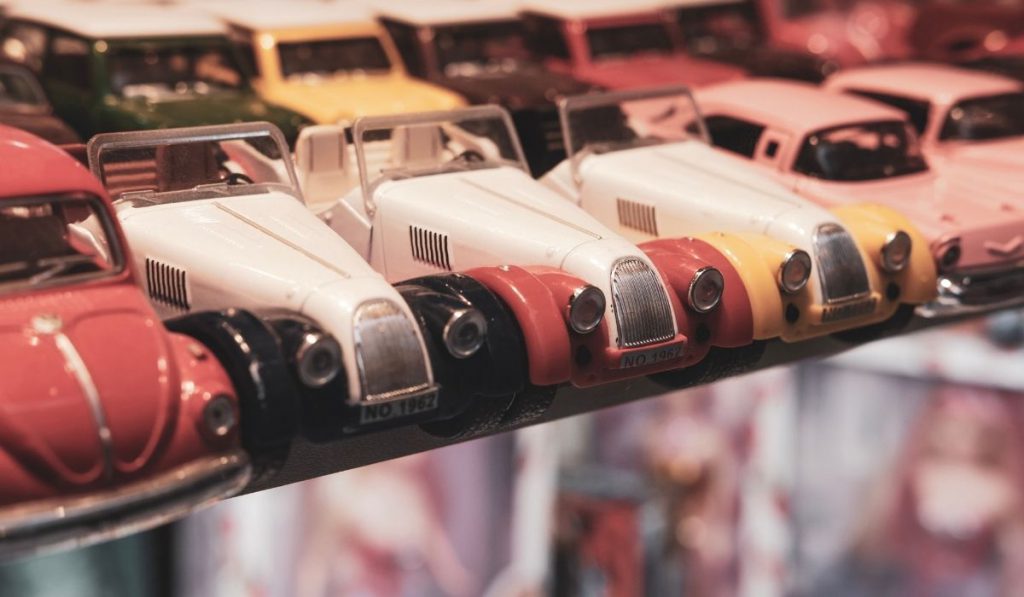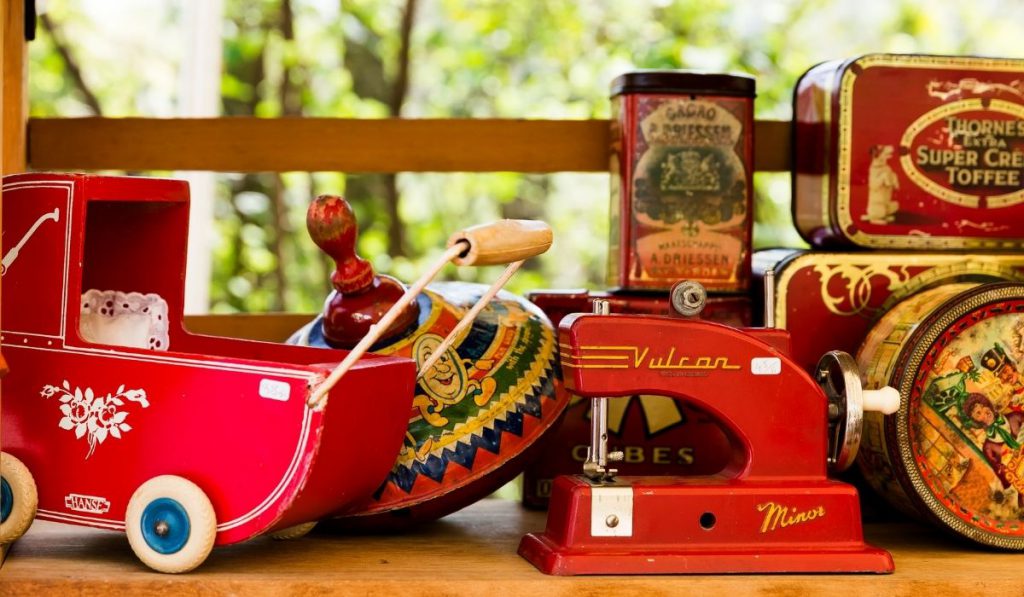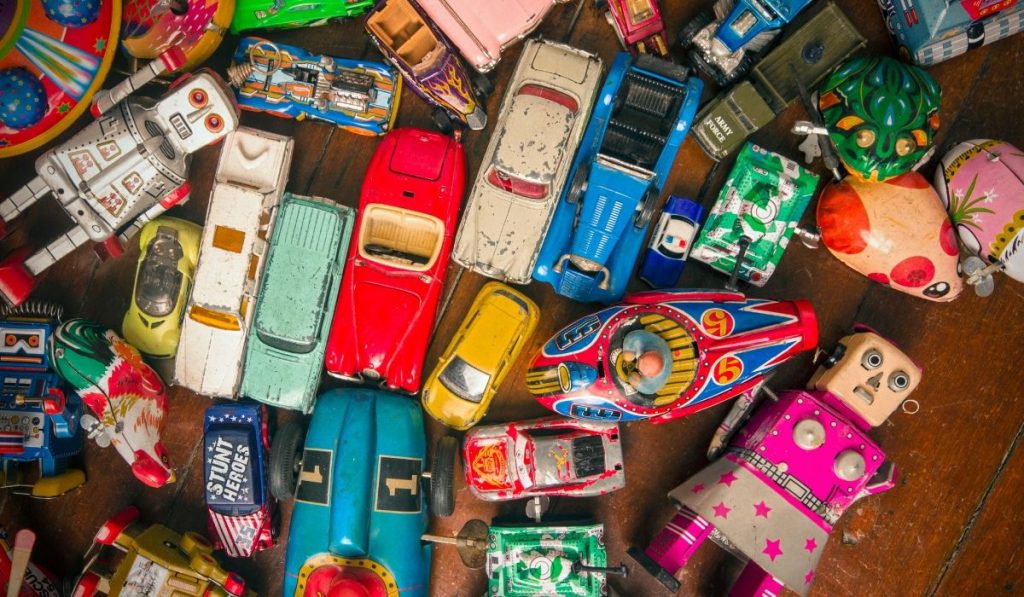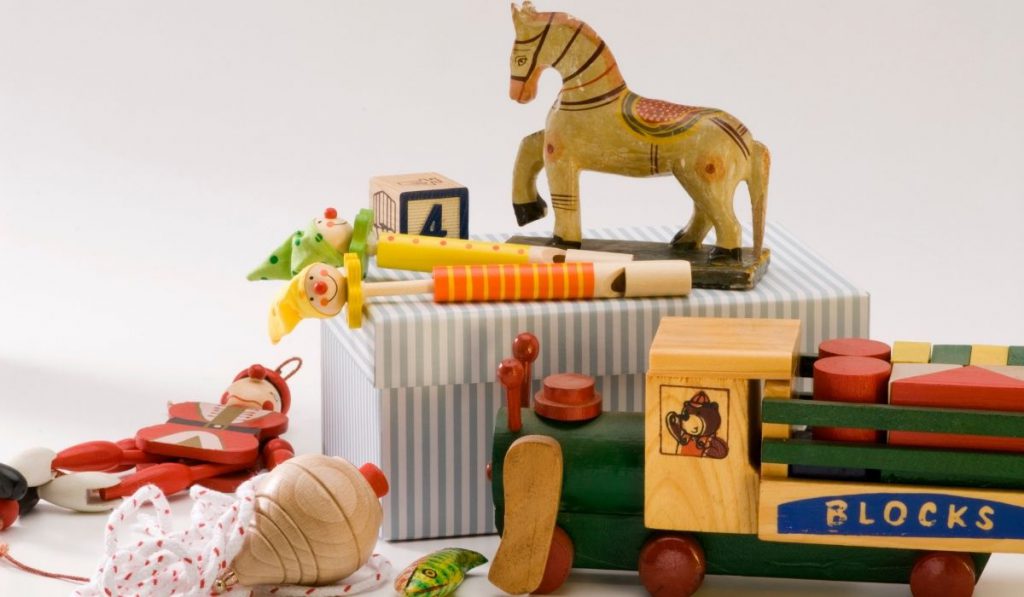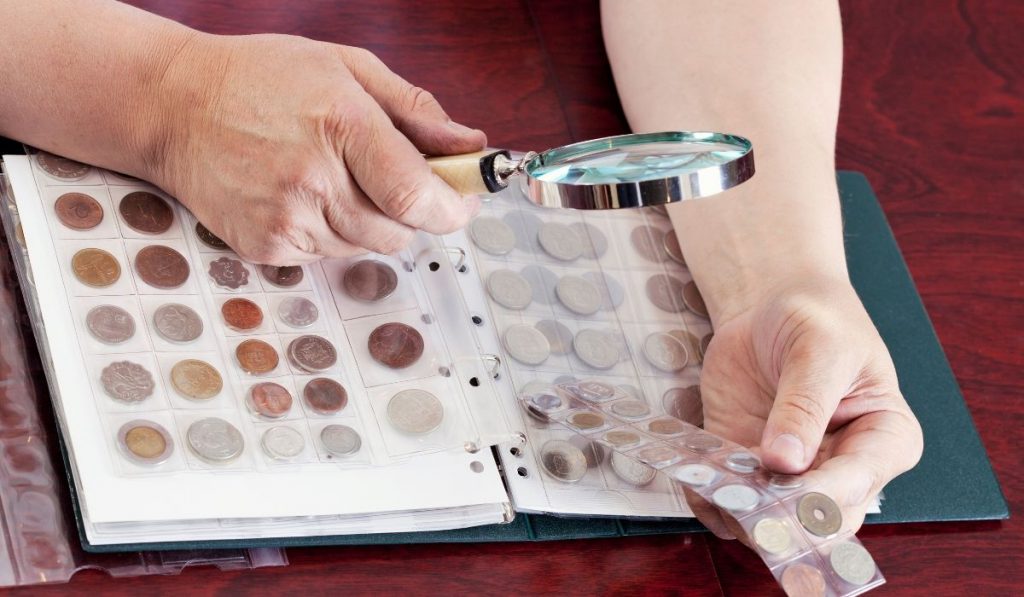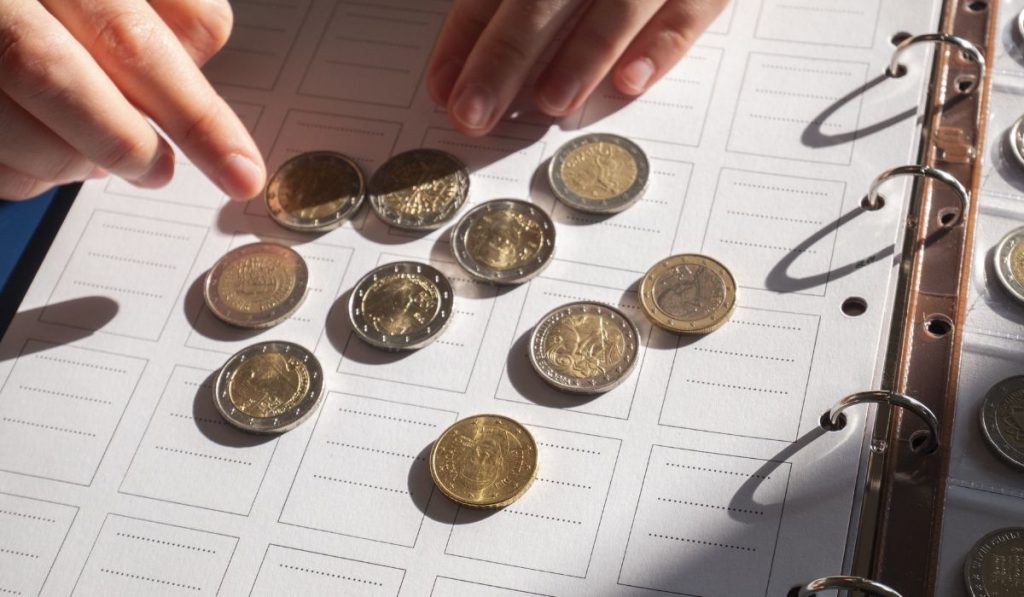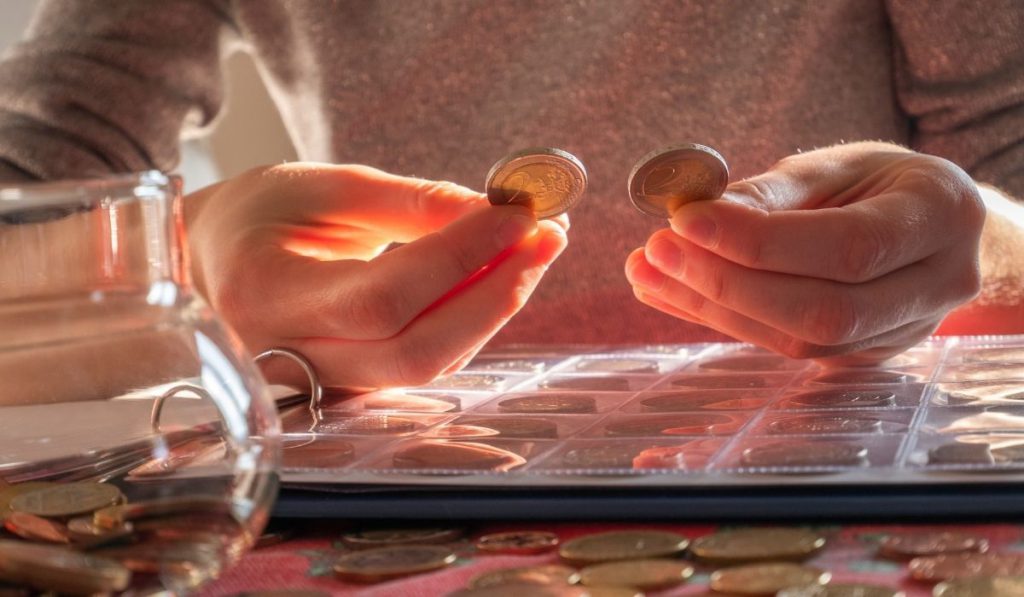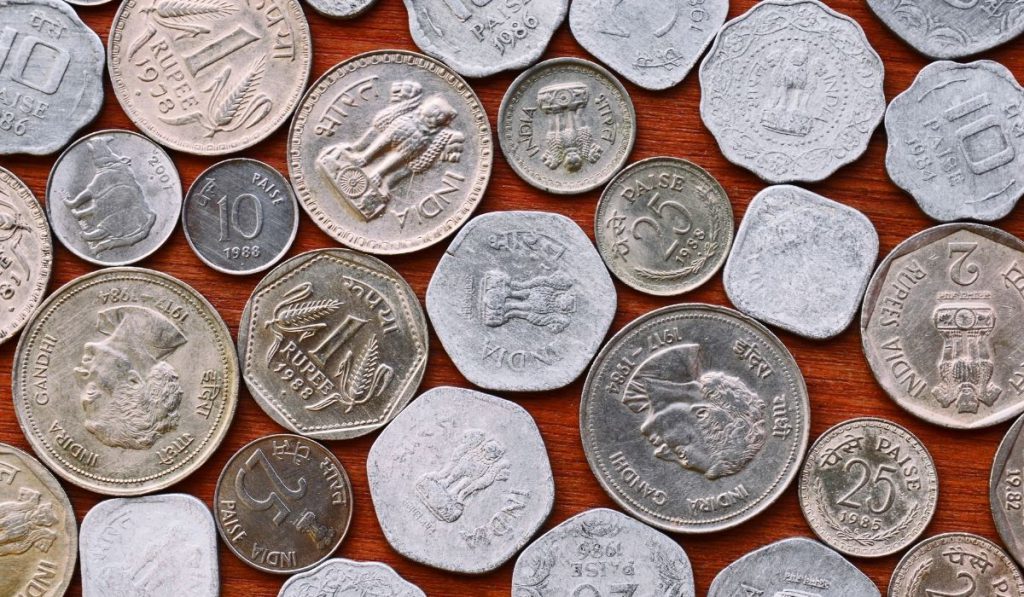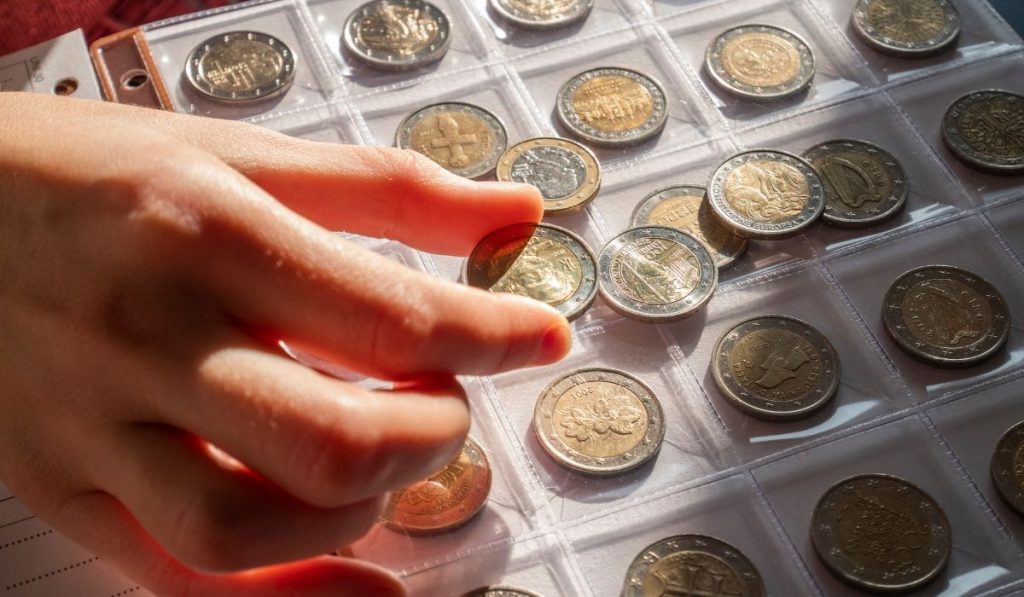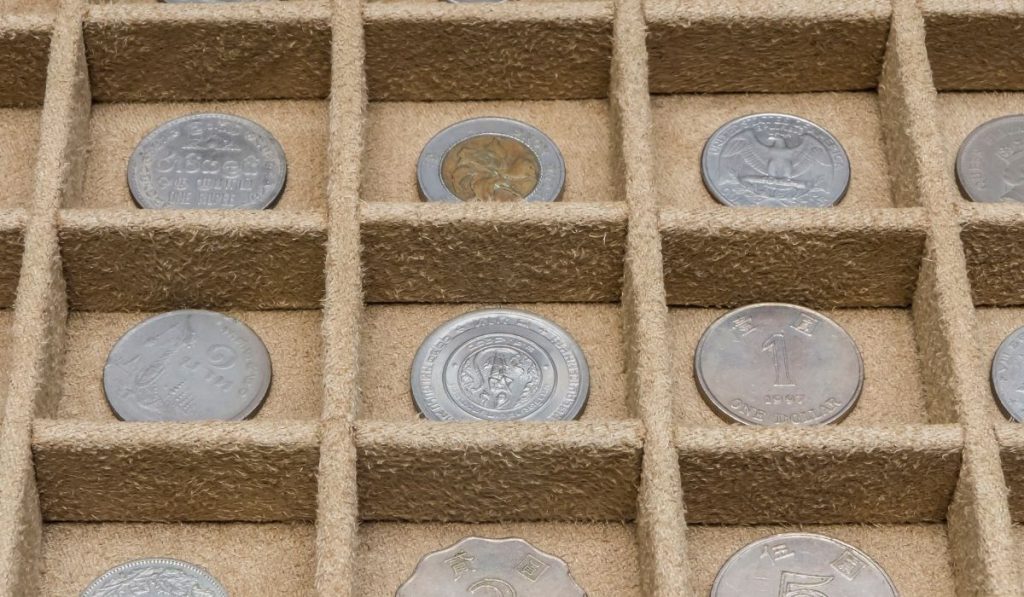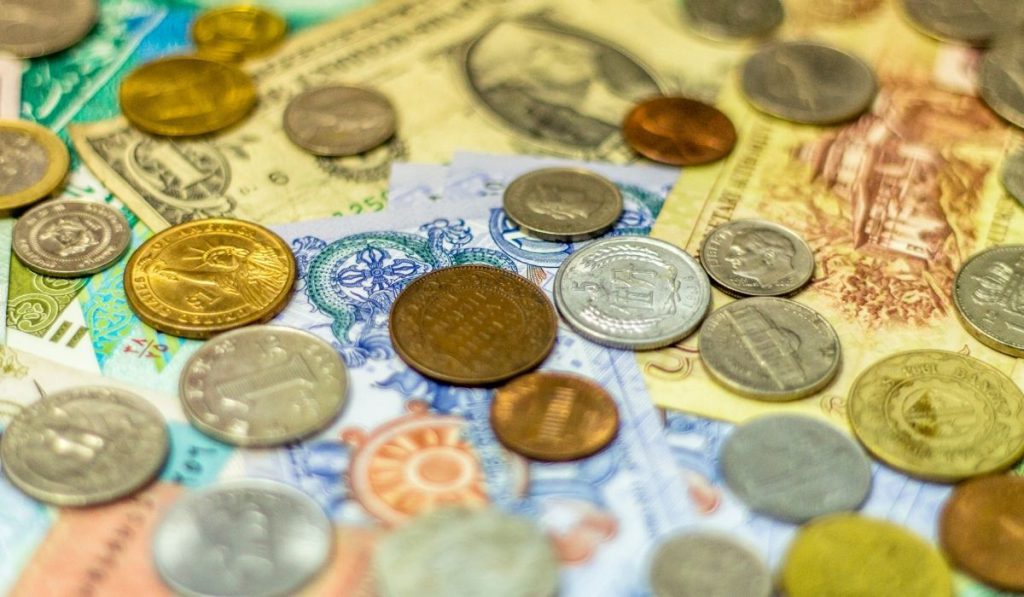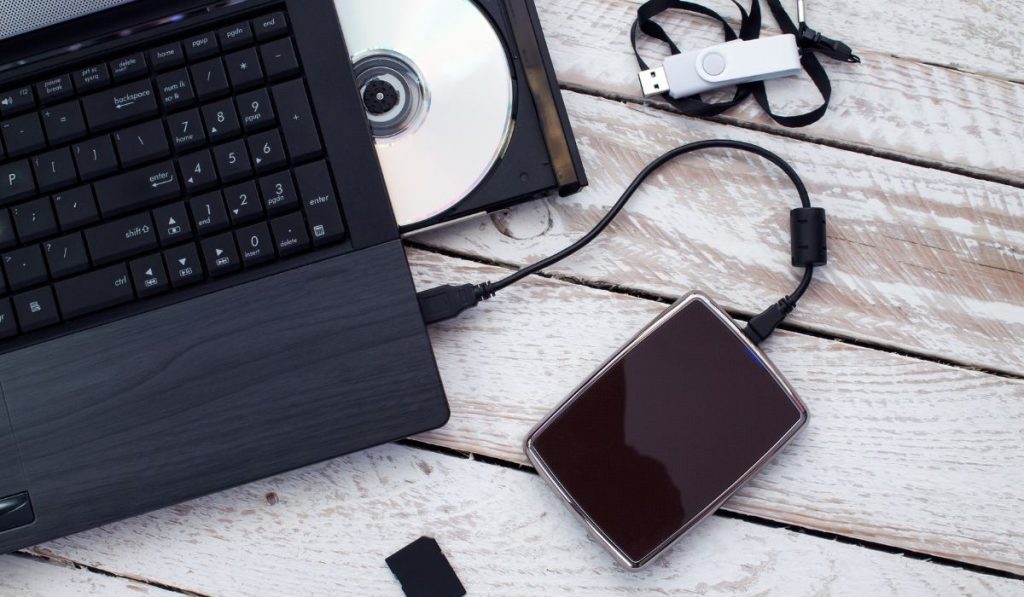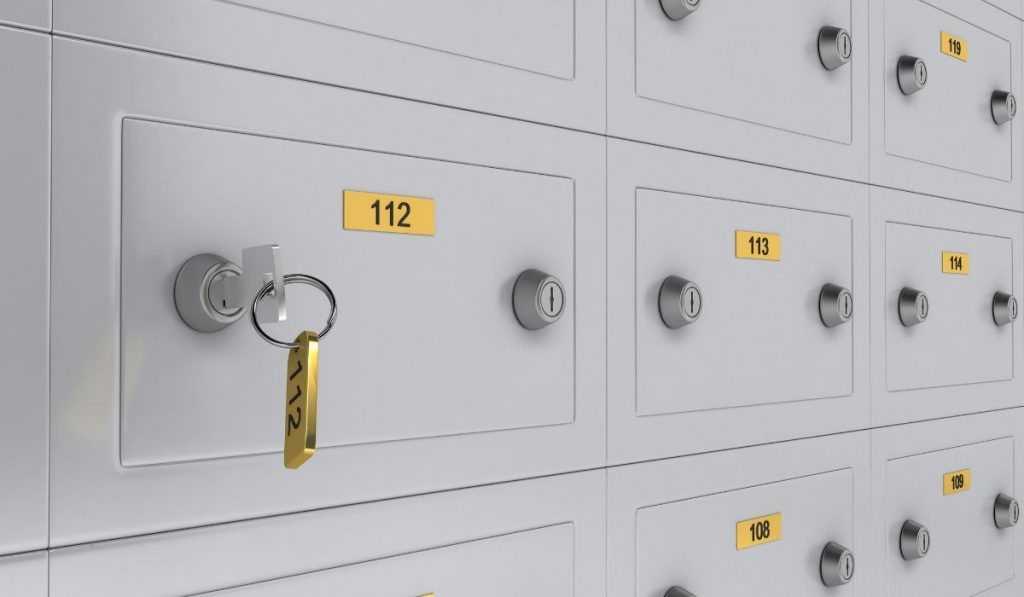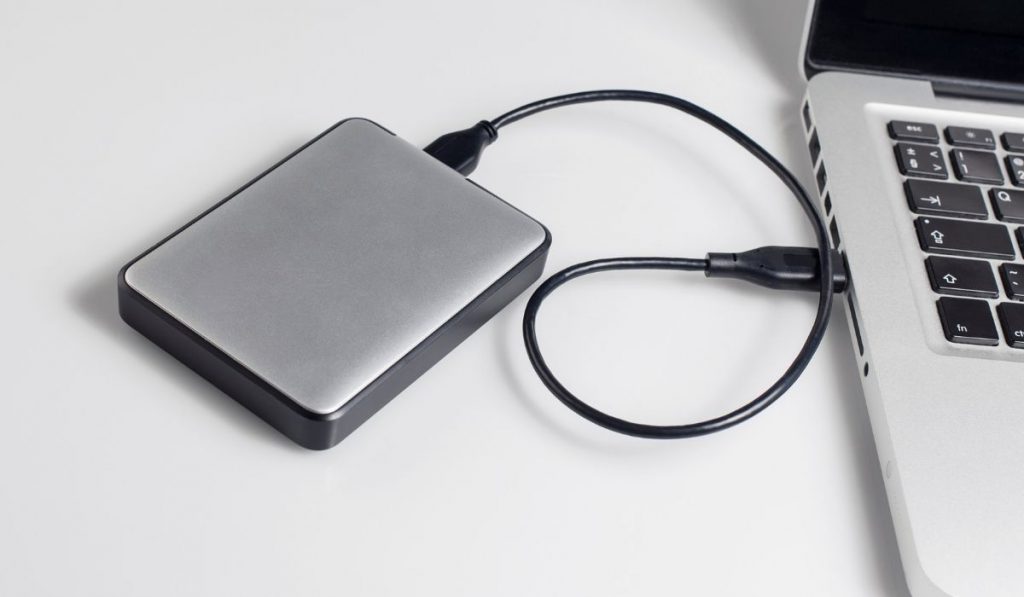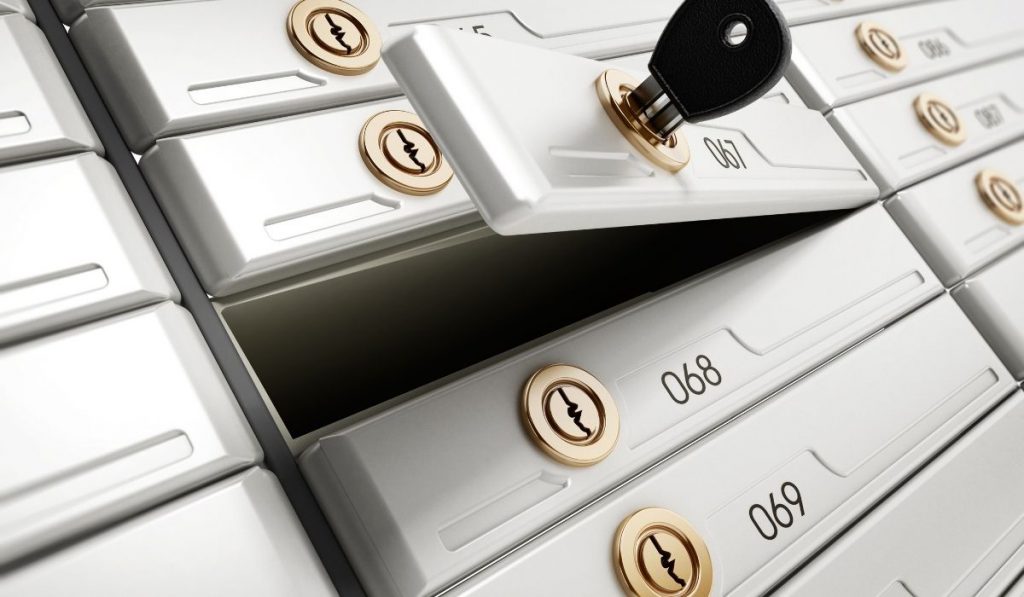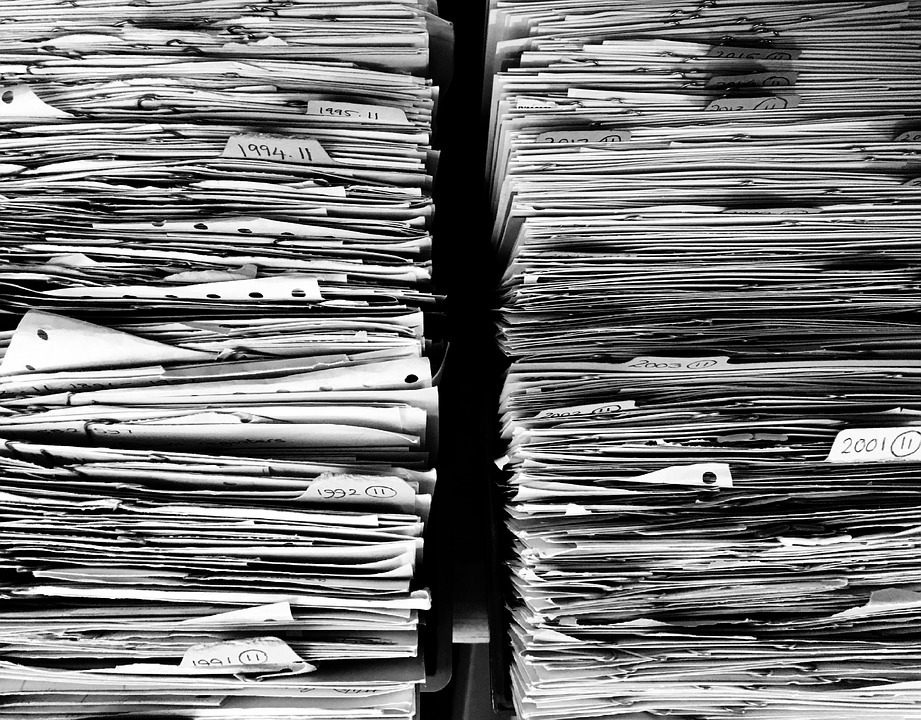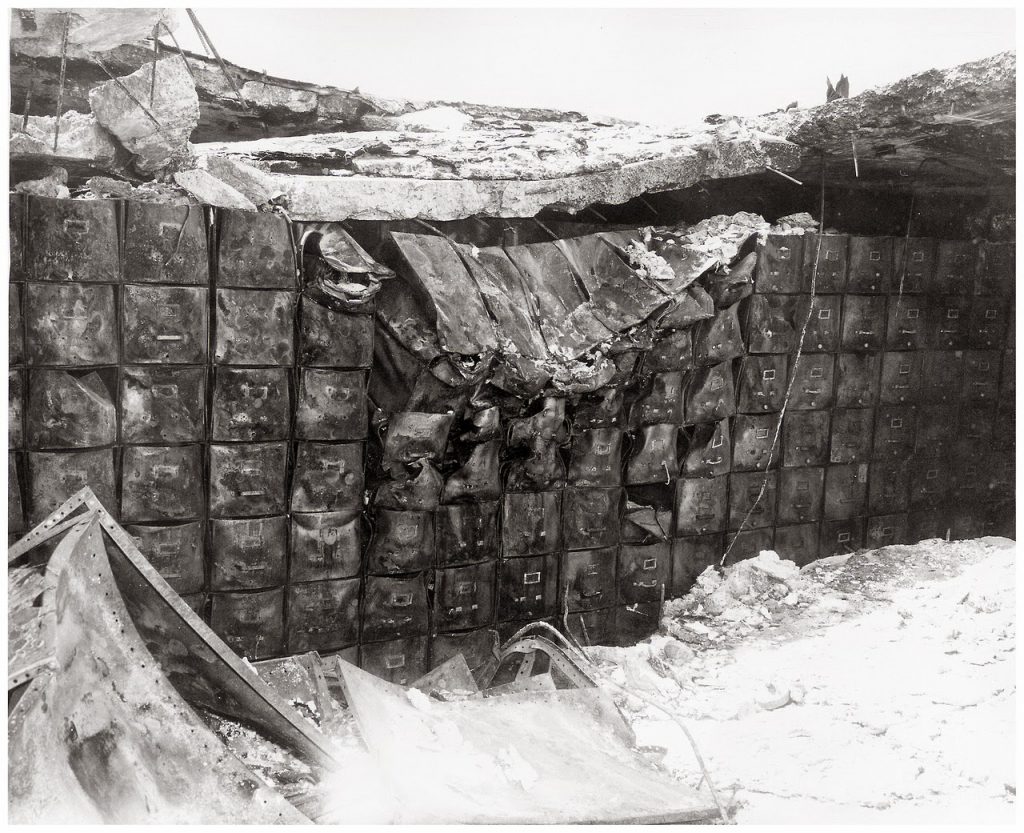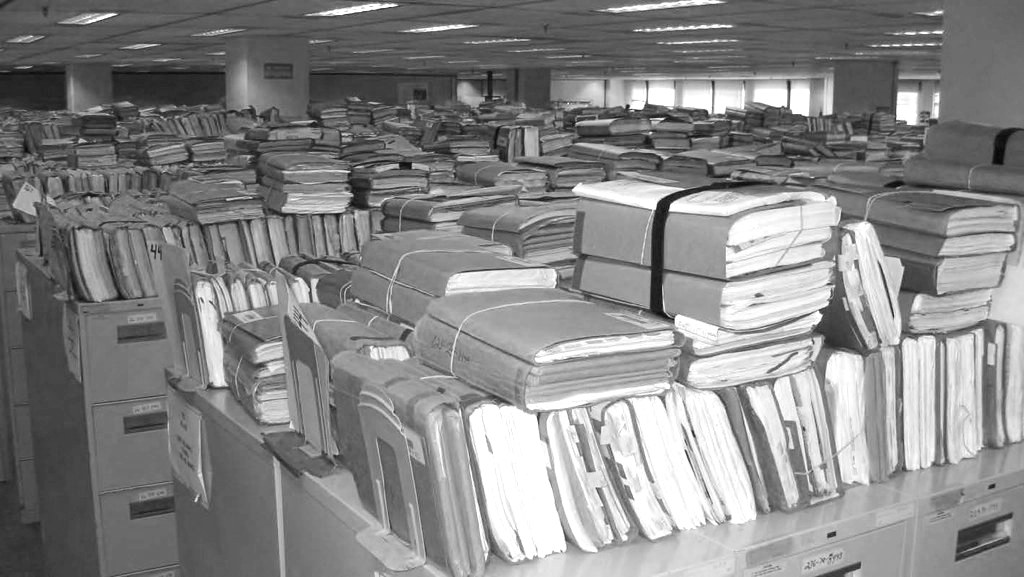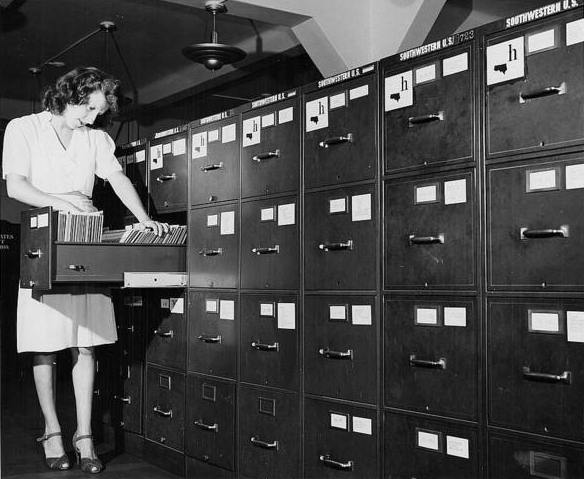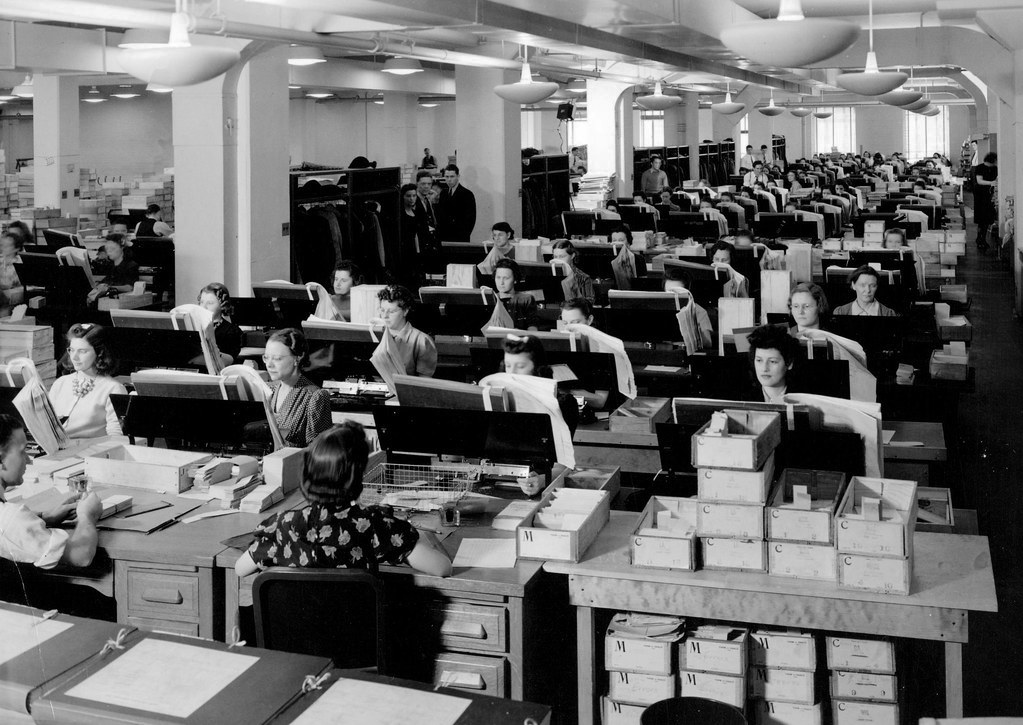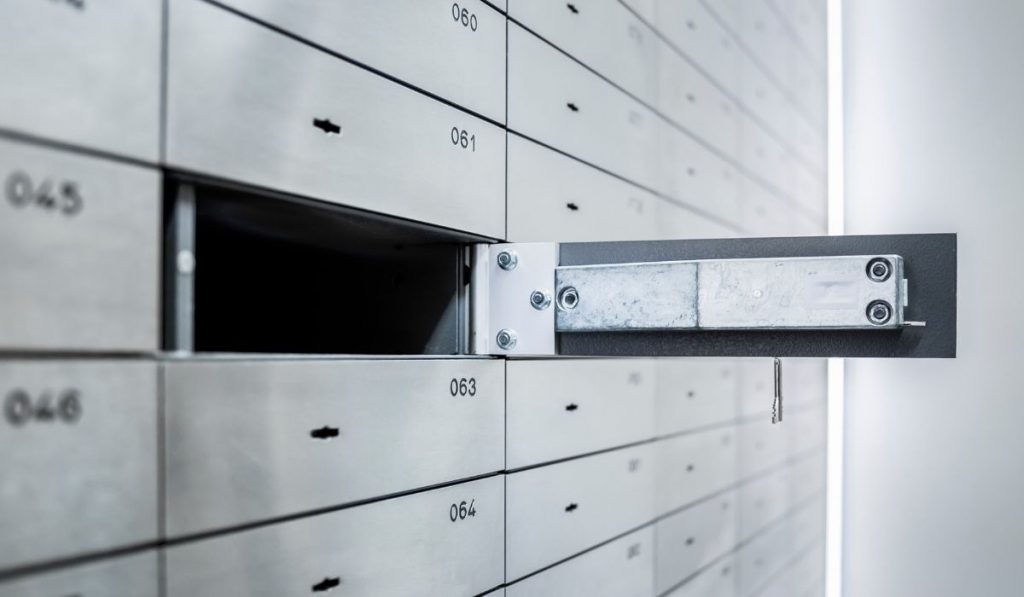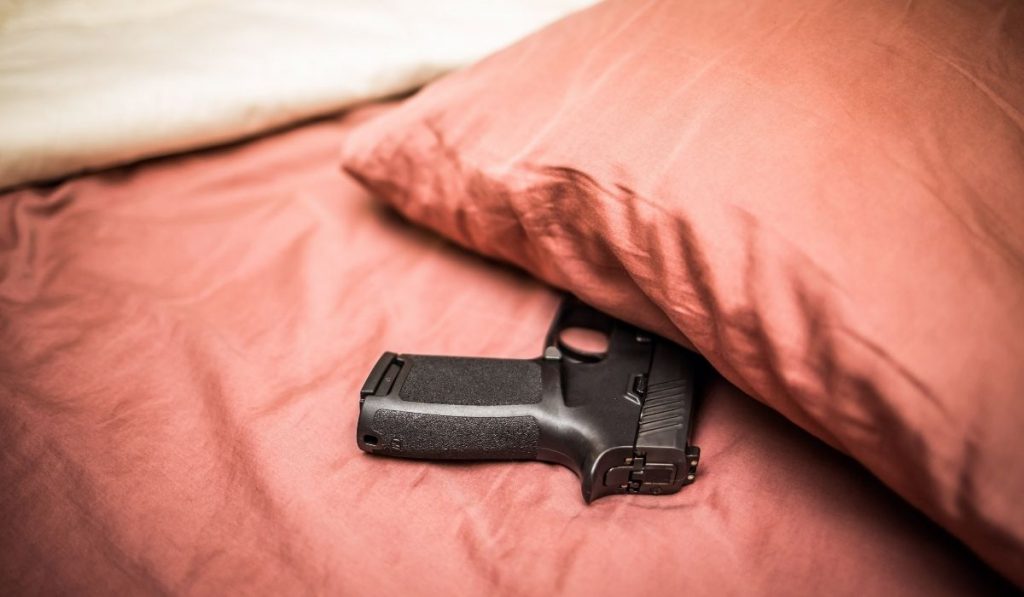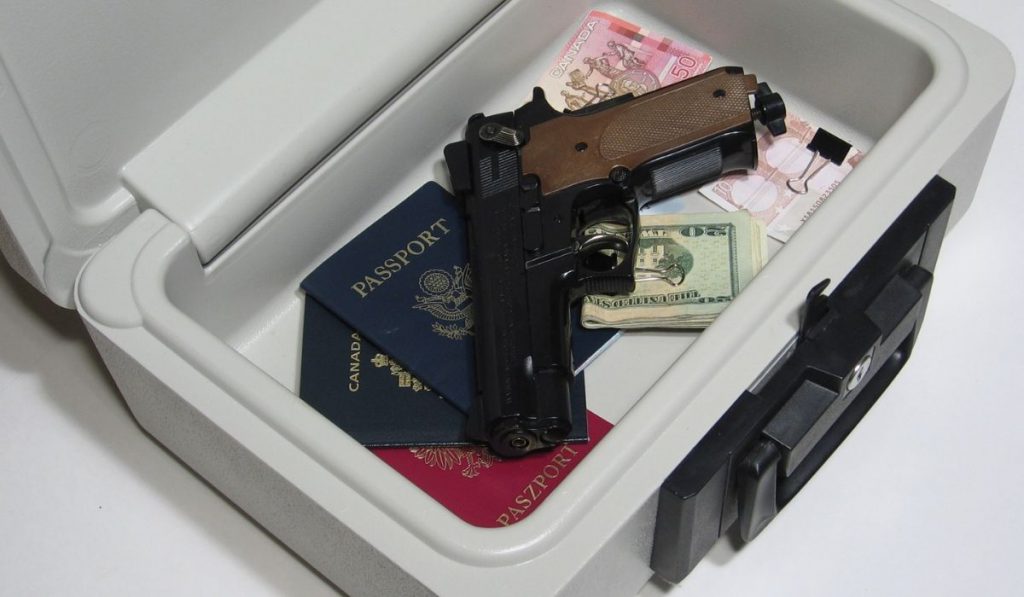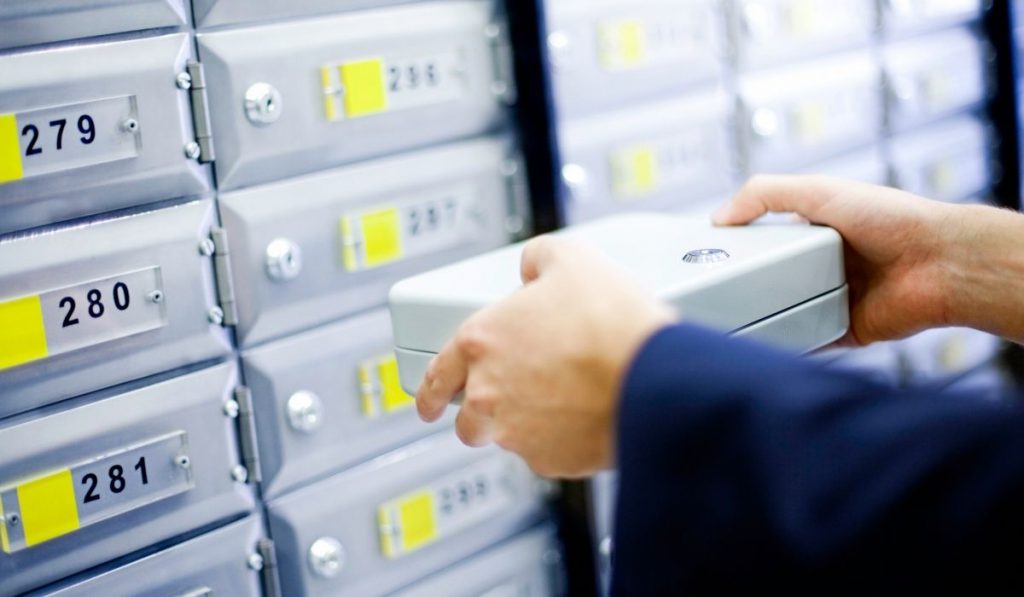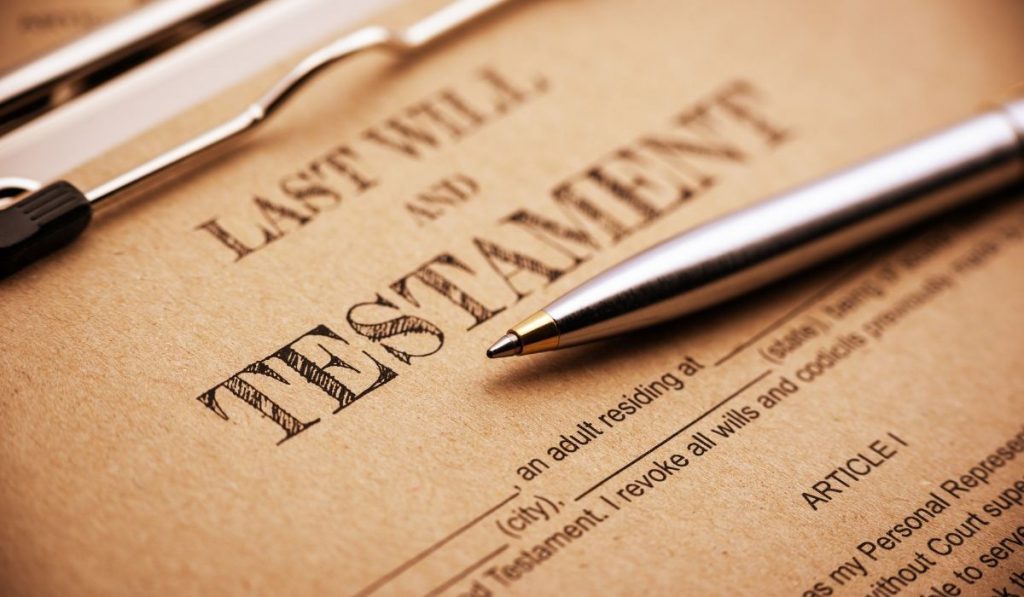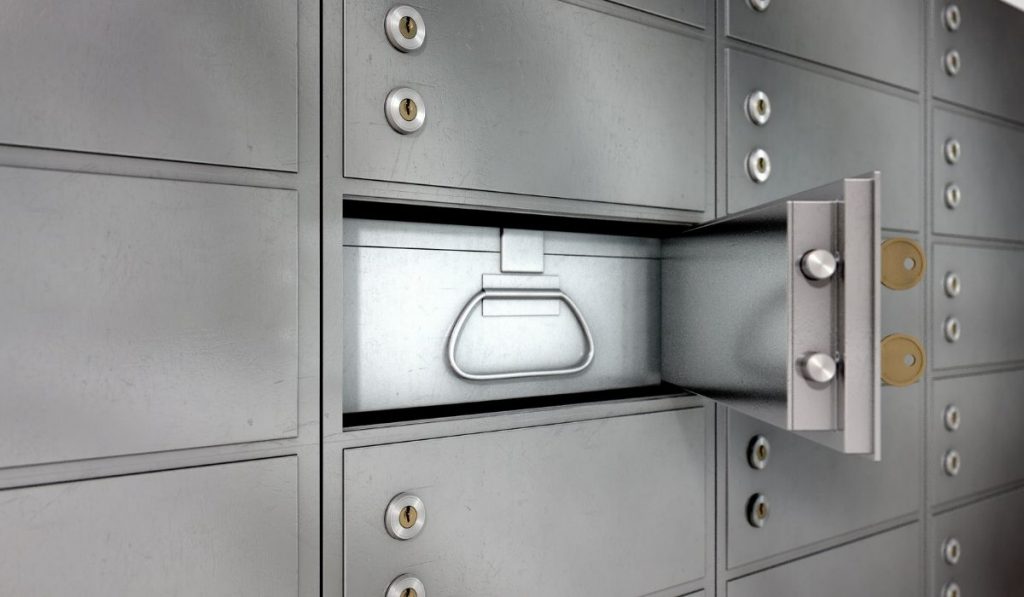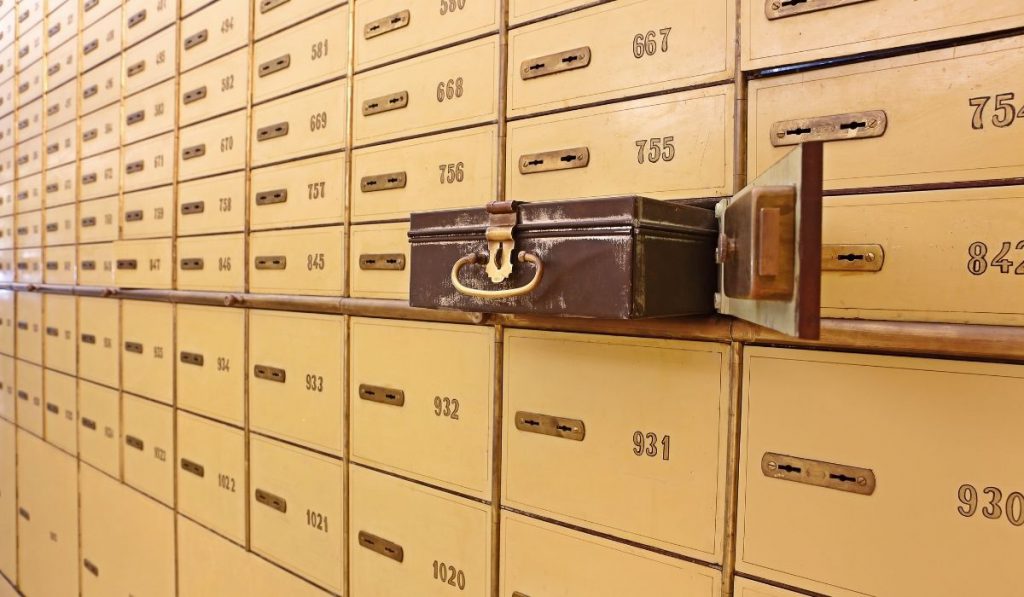When you hear the term collector, you may think of persons who collect coins, stamps, or sports memorabilia, but people also collect art. Art collection can involve any form of art, but is most often directed to wall paintings, photos, and other forms of wall art rather than sculptures. If you are interested in compiling your own art collection, here are 9 tips to help you to get started.
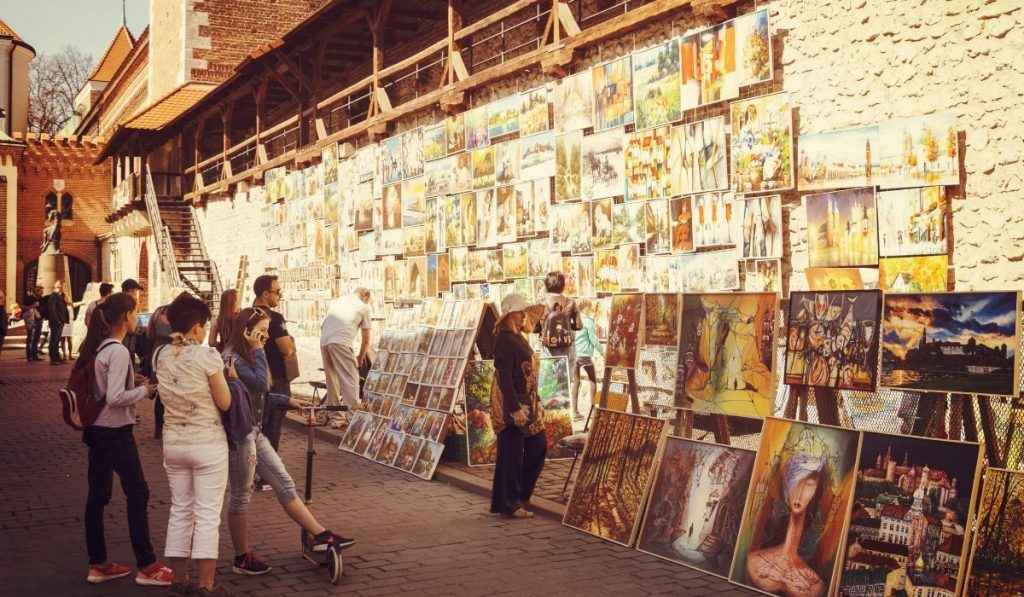
1. Find Your Niche
This may be an obvious first step, but it isn’t always easy. Unless you are extremely wealthy, starting a collection can be expensive if you decide to try a little of everything. The best move is to find a category that speaks to you, and then build on it or narrow it down (depending on how you look at it). You can choose your art collection by your favorite artists, era, painting versus photos, material type, region, etc. What you fancy is ultimately up to you, but it’s ideal to have a basic idea of what you are looking for before you start looking. This way, you can focus your search and procurement efforts on getting exactly what appeals to you and spend less time checking out every piece of canvas that calls itself art. You can decide which galleries and art shows to visit based on the niche that you have selected.

2. Create a Procurement Plan
Not all art is collected the exact same way. The basic concept is to purchase it, but finding it may utilize different processes depending on what you are looking for. For instance, if you are into contemporary art and your artist is alive and still producing, they will most likely have a social media presence or a website. This makes it a bit easier to follow their work and procure their art. However, searching for vintage art pieces may take a bit more finesse. There are websites that focus purely on art and can be a good place to start, but you can also get rare finds from long-established galleries and general eCommerce websites like eBay and Etsy. The problem is figuring our which sellers to trust, so research is essential.

3. Conduct Proper Research
Research will always be a necessary part of any collection process regardless of the item or reason. The fact is, you need to know what to buy and where to get it. If you are collecting for the purpose of investment, you will have to treat it a little like Forex trading where you look at past trends and then try to predict future values. You can look for older, more established artists with a good sales track record, or you can try to find an upcoming artist with tremendous potential. A new artist can be a risky investment, but it can also be rewarding if the artist’s work becomes extremely popular and valuable over time and you have an early, original piece. If you are simply in it to decorate your personal space with beautiful pieces of art, your research may stop at finding a gallery or filter-ready online store which houses a categorized plethora of art.

4. Aesthetics vs. Value
As with any collection, you may choose to do it simply because you love the items you collect, because you know it will be a sound investment, or because you hope to benefit from both reasons. With art especially, the reason for your collection will play a part in which pieces you collect. If the aim is solely for investment, you should conduct extensive research before you make a purchase. If it is just for aesthetics, then it’s almost as simple as finding pieces that you like to look at. How much you spend on art will vary based on your personal taste and affordability, as opposed to investments where you will have to weigh your financial standing against the potential gain.
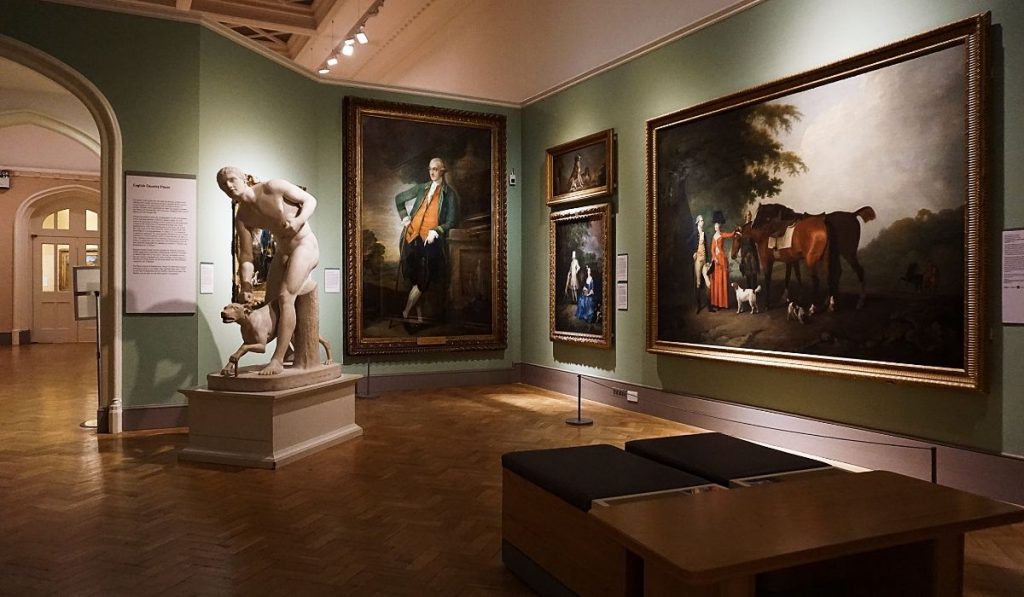
5. Organize Your Display Space
While art can be treated like any other collection, it is a little more demanding in terms of display. It’s art, it’s main purpose is to be admired. Therefore, before you start an art collection, you need to organize a space to store or display it. It is not just about the location, but also the size of the dedicated area. This will help you to decide how many pieces you can effectively collect to display and/or store. Space consideration is important to avoid hoarding and to facilitate proper placement.

6. Redecorate
You are probably wondering why this step is even included. The fact is, collectors tend to go a little overboard even when they have already organized their space. So you may find yourself with a few more pieces than you can effectively display, or find that some pieces start to lose their appeal after a while. You can either choose to sell them and hope that you made the right choice, or take them down and put up a few new ones. You can change them around annually, by season, or whenever you feel like a new perspective is needed. Either way, redecorating from time to time can help with keeping your eye and mind focused on your niche and reconfirm your preferences.

7. Make the Purchase
You have picked your niche, organized your space, and done your research. The next step is to simply purchase the item. If you like it a lot and can afford it, buy it. Overthinking will lead to hesitation and possibly regret if you miss out on a piece. After you purchase your first piece, you will most likely know if continuing with that particular niche is the right choice for you.

8. Display vs. Storage
This is an important step. As stated in step 5, art likes to be admired. However, if the main purpose of your collection is an investment, you may not want to display all pieces, all the time, and proper storage should be your next consideration. If you choose to display a value piece, you have to consider proper framing, coverage, and security. If you choose storage, you still have to consider the storage packaging and location to avoid spoiling the piece.

9. To Insure or Not to Insure
Getting insurance is an option to be considered based on a few factors. Are you housing valuable pieces, does your home insurance cover it, and is additional insurance necessary? If your collection is valuable in sentiments and not dollars, you will still want to protect it, but probably not fork out extra dollars for insurance. You should check to see if they are covered under your home insurance. If your collection is extremely valuable in terms of actual money, you may want to get the items appraised an then get them insured separately.
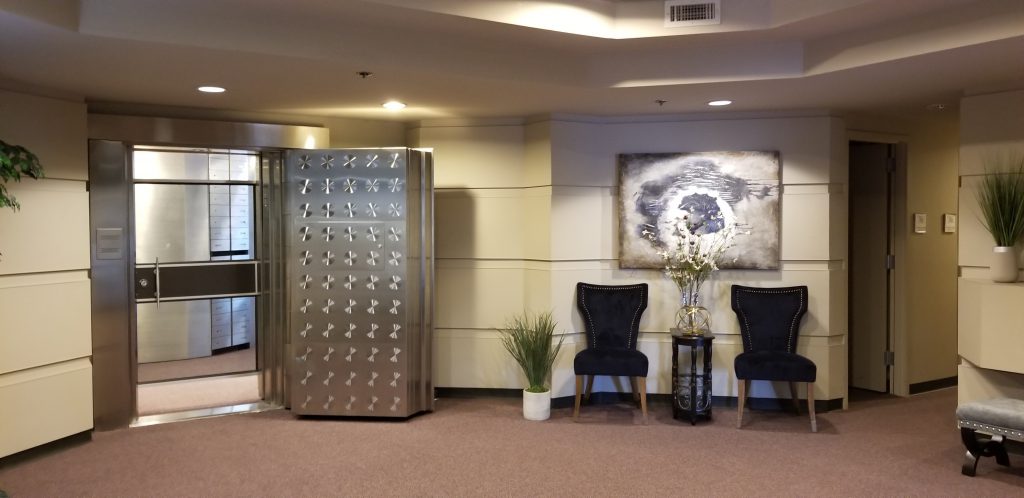
If you are looking for a secure place to store your hard drives or other valuables, Safe Deposit Center can help. At Safe Deposit Center, we offer a variety of safe deposit box sizes as well as open vault storage to accommodate your secure storage needs. For more information about our secure, private storage facility please visit https://safedepositcenterwa.com/.



